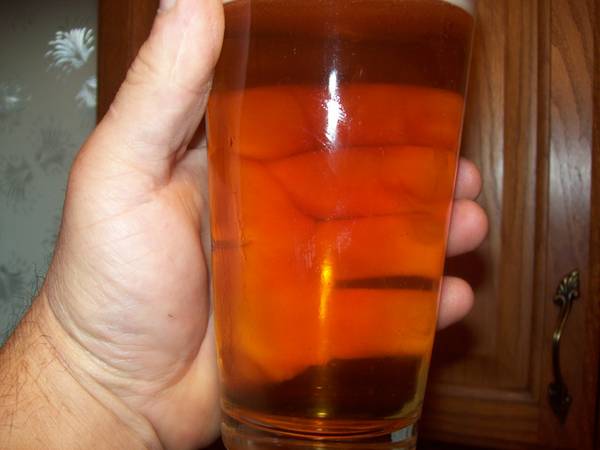jmp138
Well-Known Member
Wow, haven't looked at my post in a while, this created quite a bit of discusssion, waydago! As for using gelatin in the primary and then washing the yeast, I wouldn't do it. The gelatin settles and pulls all that gunk out of suspension settling it right on the yeast cake. Since gelatin is, well, gelatinous, you are going to have a tough time getting it away from your yeast you are trying to wash. I don't secondary either, unless I am using gelatin and I want to wash my yeast. Try it, may work great, I just don't do it.




 Great idea for the yeast harvesting, wish I'd done that with my lager. I tried the usual washing method and ended up with a small amount. I'm using a 'starter' to build up the colony before saving.
Great idea for the yeast harvesting, wish I'd done that with my lager. I tried the usual washing method and ended up with a small amount. I'm using a 'starter' to build up the colony before saving.

